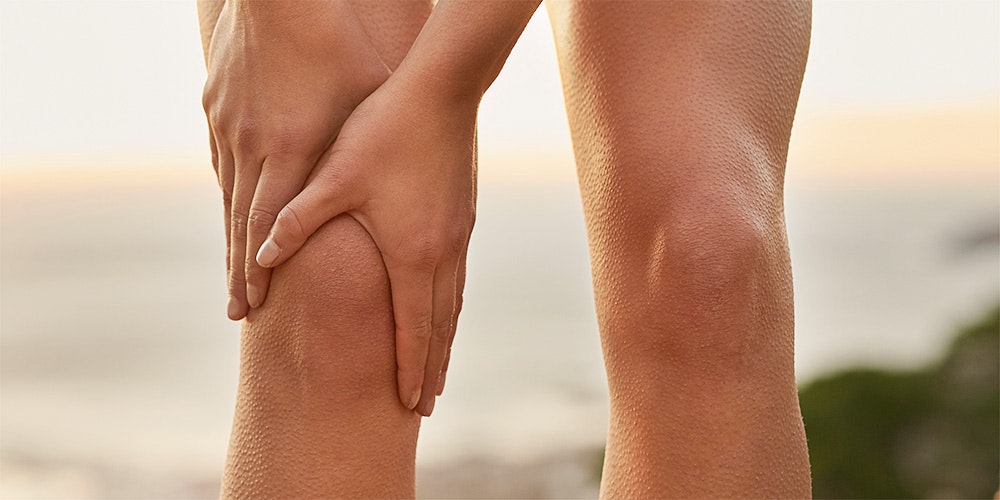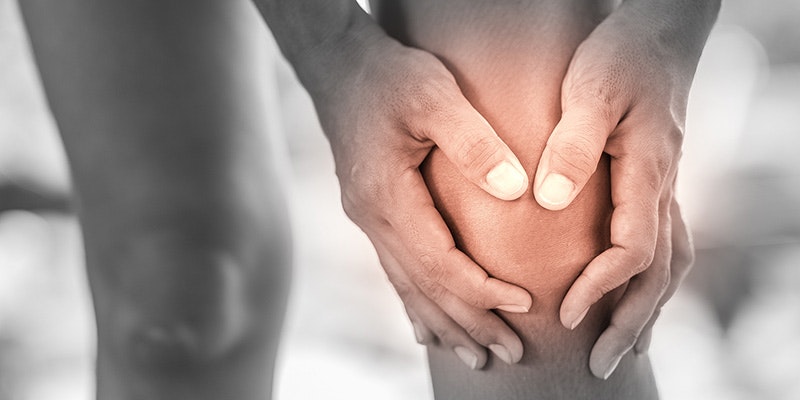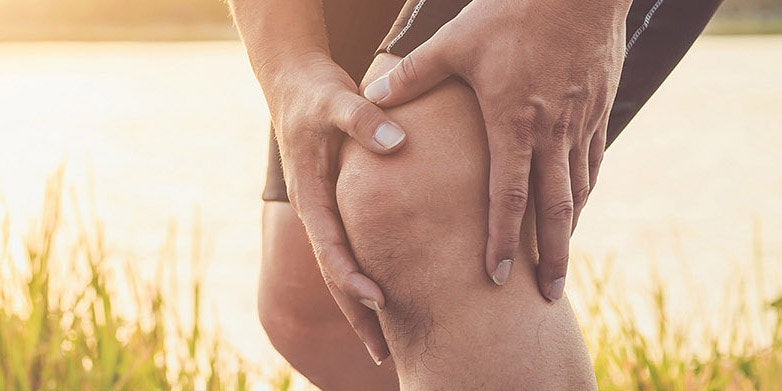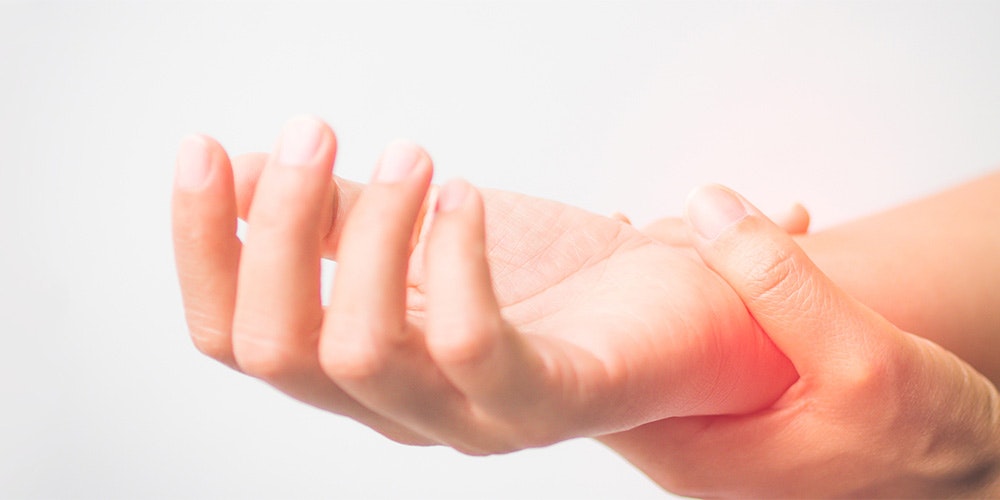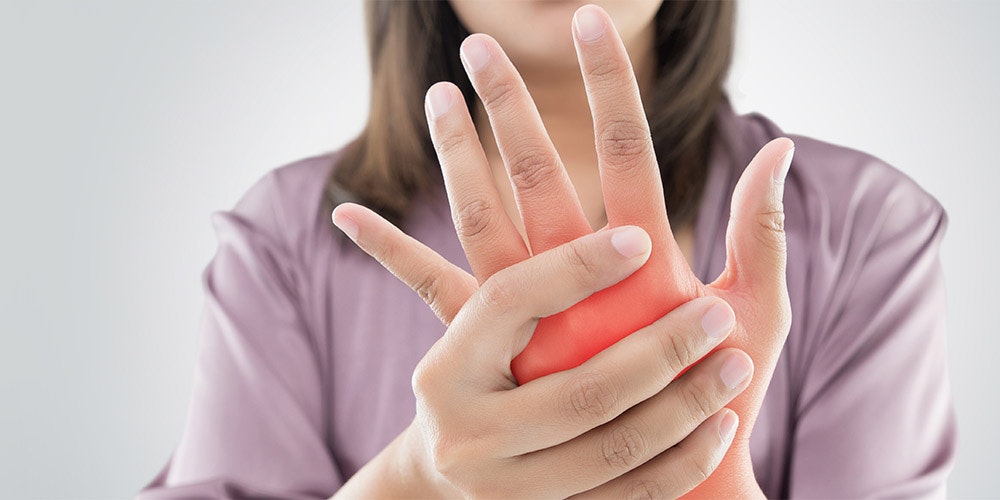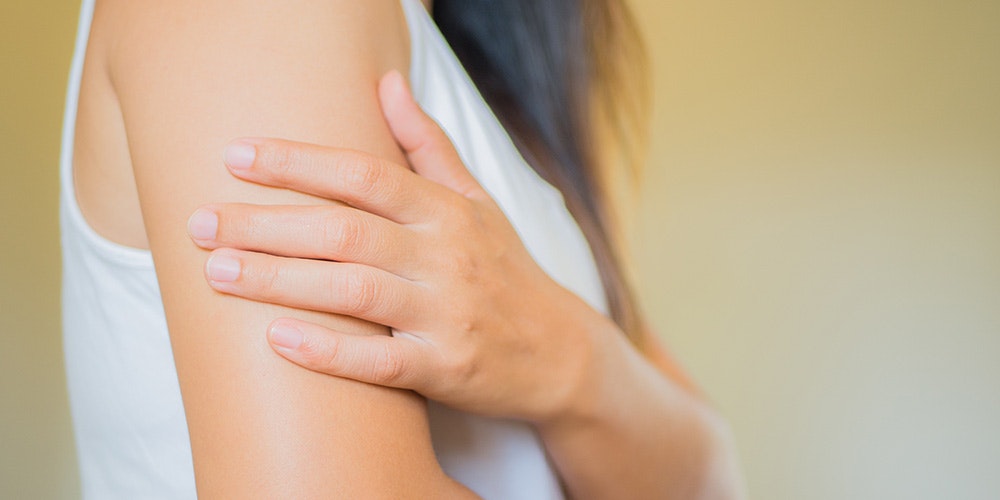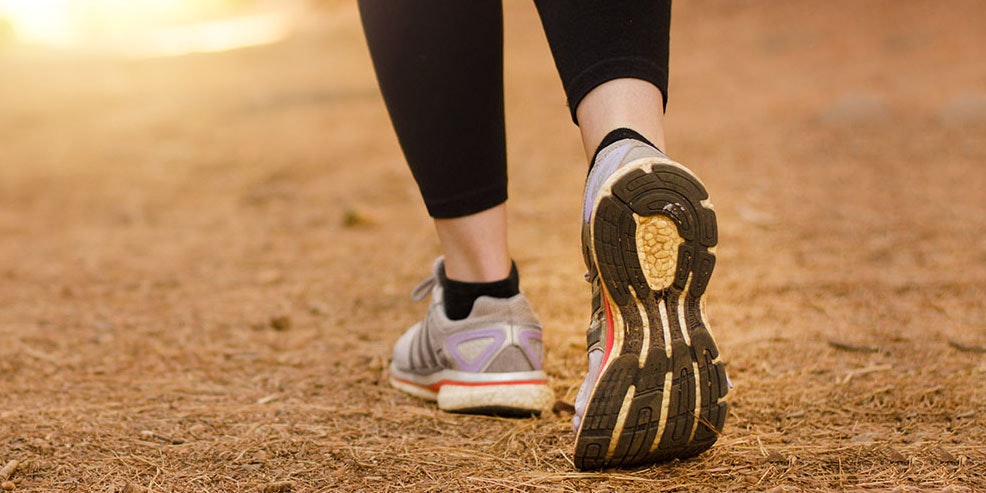
Orthopaedics
The term orthopaedics derives from Greek. Orthopaedics is concerned with diseases of the musculoskeletal system.
These diseases may affect the muscles, bones, and/or joints and ligaments. Back problems and sports injuries are common orthopaedic diseases. Sports injuries usually affect the ligaments of the knee or ankle joint, and also the shoulder joint. Back and hand disorders are rarely of a purely orthopaedic nature, but are often associated with neurological diseases, such as pareses.


